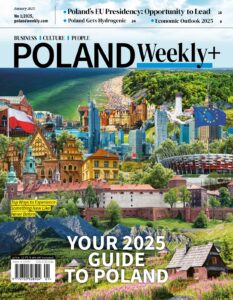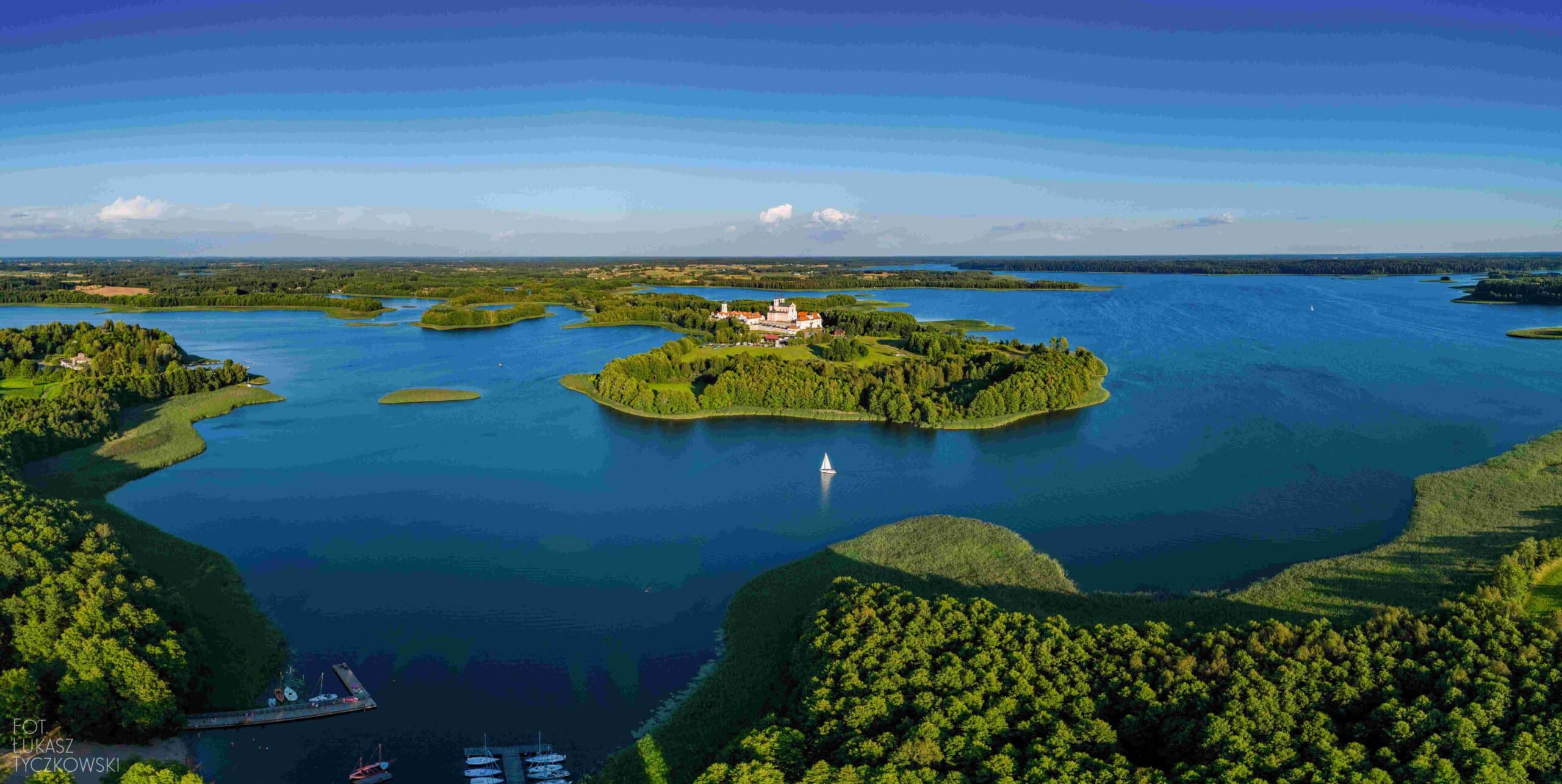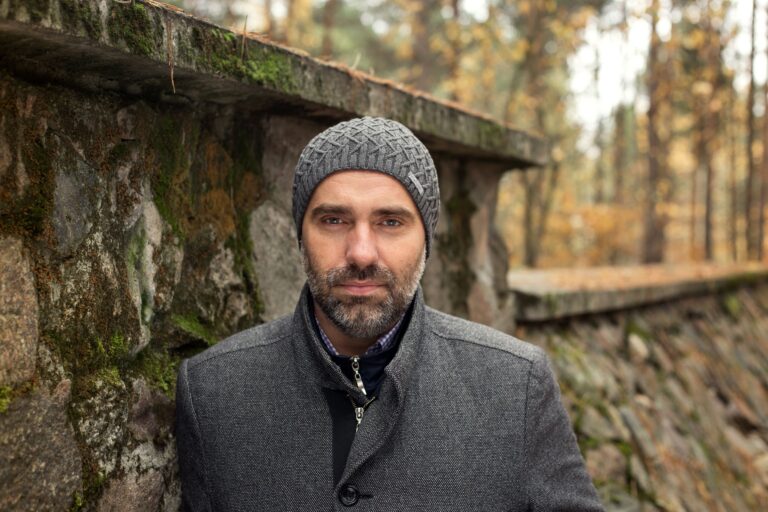Majówka 2024
Interesting places to visit during the long May weekend in Poland. A mix of nature, history and active relaxation.
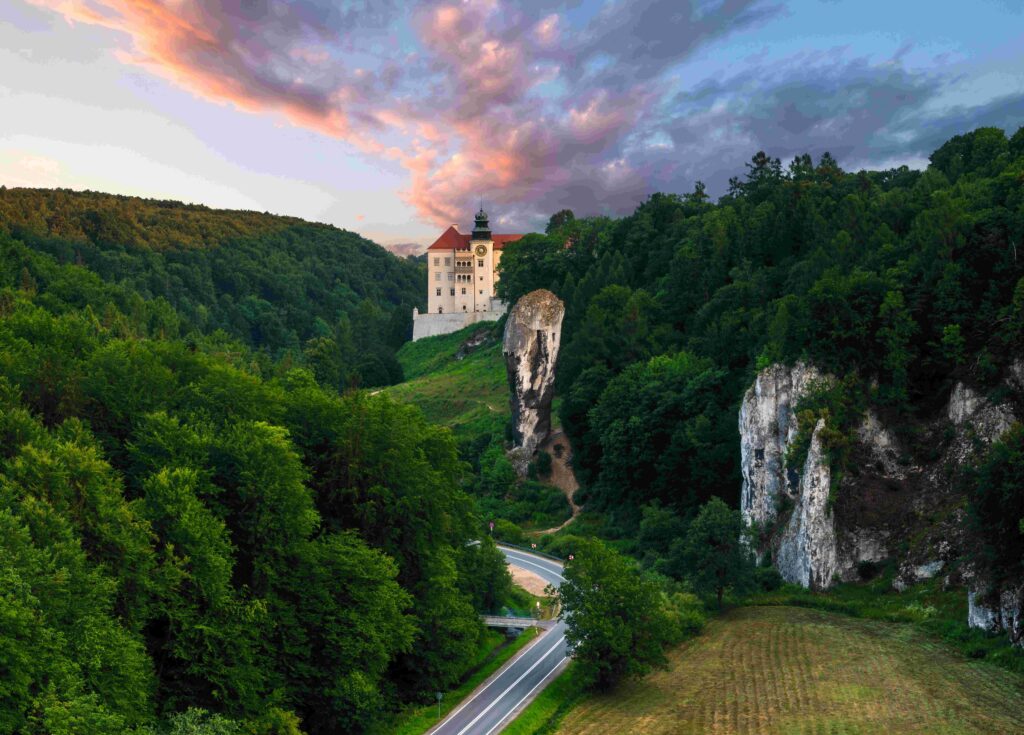
Jura Krakowsko-Czestochowska
Jura Krakowsko-Czestochowska (Kraków-Częstochowa Jurassic Region) is one of the most interesting tourist regions of the country, especially in terms of nature. It stretches across southern Poland and covers an 80-kilometer belt between Kraków and Częstochowa. The local landscape is distinguished by medieval castles, elegant palaces, historic wooden churches, museums and open-air museums. It is famous for its Orle Gniazda (English: Eagles’ Nests) castles, speleology favorable conditions, rock climbing Błędowska Desert, Ojcowski National Park, Kraków and Czestochowa cities. Take a tour with ITS Poland DMC and discover the most interesting attractions of Jura Krakowsko-Czestochowska.
OJCOWSKI NATIONAL PARK AND CAVES
The main aim of the park is the protection of Prądnik Valley with caves, plant and animal life in this area. The park is built of Jurassic limestone created about 150 million years ago. Such a geological structure created favorable conditions for the development of caves. In the park there are about 700 of them. The most famous of them is Łokietek Cave. In the park there are also deep canyons even up to 120 m high. There are also 950 plant species and 1,200 animal species. The most interesting animals are bats. There are 19 species of them living in Ojcowski region. In the park we can also find architectural monuments such as Pieskowa Skała Palace and Ojców Castle. A visit to the park can be easily combined with a trip to Kraków, as this old Polish capital is only 20 km away (a 30 min drive).
BŁĘDOWSKA DESERT
This is the only desert in the country and also the biggest European desert. The length of the desert is 10 km and its width is 4 km. The area of moving sands is about 33 km2. Currently only 1/3 of the overall sand layer is covered in sand only. The most popular viewing point for Błędowska desert is Czubatka.
EAGLES’ NESTS CASTLES AND RUINS
These are Gothic, fortified structures perched on rock massifs. They were mostly castles built in Medieval times, but now most of them are ruins. The fortified castles perched on high rocks in Jura are like eagles’ nests. These former border strongholds, built in very hard-to-reach places, were perfectly integrated into the massive limestone inselbergs, so they formed an inseparable whole with the Jurassic hills. That is why for centuries they were difficult to conquer, unattainable as the habitats of wild birds, and were an important defense link for the country. There is a special tourist red trail of Eagles’ Nests from Częstochowa to Kraków, with a length of 163 km. The most important castles along the route include: Olsztyn, Mirów, Bobolice, Bąkowiec, Góra Birów, Ogrodzieniec, Rabszyn, Smoleńsk, Bydlin, Pieskowa Skała, Ojców, Korzkiew, Wawel, Jasna Góra Stronghold.
Top Attractions:
- Ojcowski National Park
- Błędowska Desert
- Eagles’ Nests castles and ruins
- Caves
- Rock climbing
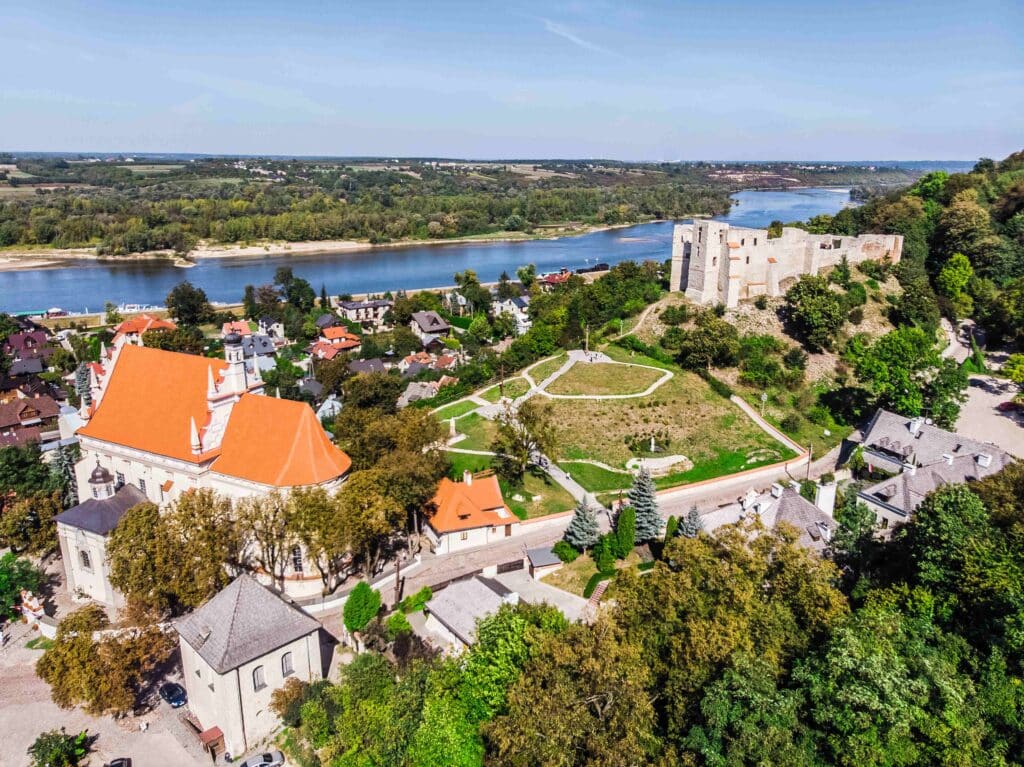
Kazimierz Dolny
Kazimierz Dolny is located on the Vistula in a beautiful part of the Lublin Voivodeship. The town has a vast number of historic buildings and places made available to visitors, including sacred buildings, the historic buildings of the Vistula Museum, and the castle complex.
It is called the “pearl of the Polish Renaissance” due to monuments from the 17th century, including richly decorated townhouses and a parish church, which is a symbol of the town’s splendor.
Kazimierz Dolny is a favorite place of painters, photographers and filmmakers. It owes its fame to the great harmony of the landscape, which combines the nature of the Lesser Poland Gorge of the Vistula River with wonderful architecture. The castle and the stone tower, which once guarded the crossing of the Vistula, date back to the time when the city was founded by Casimir the Great. The greatest development of trade took place in the 16th and 17th centuries. At that time the town was expanded in Renaissance style, the Parish Church and the Church of St. Anna were built, as well as the townhouses of the Przybyła and Celej families and numerous granaries.
On the Vistula River there is a port and a promenade. The city is surrounded by the Kazimierz Landscape Park, an ideal place for walking along paths leading through loess ravines and high slopes with viewpoints overlooking the Vistula River panorama.
The area around Kazimierz is famous for its picturesque gorges. A few dozen meters from the market, you move into a completely different world. A very popular point of travel in the town is the so-called Korzeniowy Dół – the gorge begins about 6 km from the market and has a length of about 500 meters. It is an ideal proposition for those who want to relax in the midst of nature.
The most beautiful moment of the trip is when the walls reach the maximum height (about 4 meters), so you can admire the tree roots emerging from them. Old-growth trees cover the edges, which makes the place even more amazing. A walk through the ravine takes about 20 minutes.
Top attractions:
- Holocaust Memorial Wall
- Baszta
- Holocaust Memorial Wall
- Trzech Krzyży Mountain
- Korzeniowy Dol Gorge
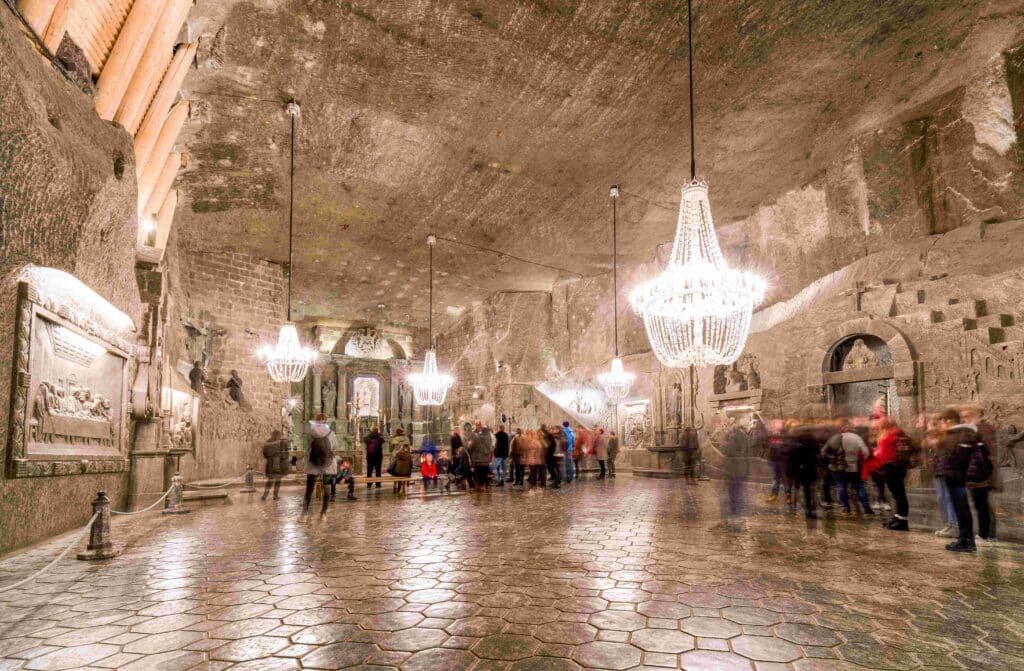
The Wieliczka Salt Mine
Nestled beneath the picturesque town of Wieliczka, just a short journey from the cultural heart of Krakow, lies one of Poland’s most remarkable treasures: the Wieliczka Salt Mine. This subterranean marvel has been shaping the landscape and culture of the region for over 700 years, offering visitors a unique glimpse into the depths of history and ingenuity.
Descending into the depths of the Wieliczka Salt Mine is akin to stepping into another world. As you venture deeper below the earth’s surface, you’ll find yourself surrounded by a labyrinth of tunnels, chambers, and caverns carved out of salt deposits millions of years old. The mine stretches over 300 kilometers, with a network of shafts reaching depths of up to 327 meters.
What truly sets the Wieliczka Salt Mine apart is not just its sheer size, but the incredible craftsmanship and creativity that went into its construction. Over the centuries, miners have transformed the salt deposits into an underground marvel, creating intricate sculptures, chapels, and even entire underground lakes. The most famous of these is the breathtaking Chapel of St. Kinga, a stunning underground cathedral adorned with chandeliers, altarpieces, and sculptures all carved from salt.
Exploring the Wieliczka Salt Mine is like embarking on a journey through time. As you wander through its dimly lit passages, you’ll encounter centuries-old mining equipment, fascinating exhibits on the history of salt mining, and even the remains of ancient wooden structures preserved in the salt. Guided tours offer visitors the chance to learn about the mine’s rich history, from its humble beginnings in the 13th century to its heyday as one of Europe’s most important salt-producing centers.
In recognition of its historical significance and cultural value, the Wieliczka Salt Mine was designated a UNESCO World Heritage Site in 1978. It stands as a testament to the skill and perseverance of generations of miners, as well as a symbol of Poland’s rich cultural heritage. Today, it welcomes over a million visitors from around the world each year, drawn by its unique blend of history, art and natural beauty.
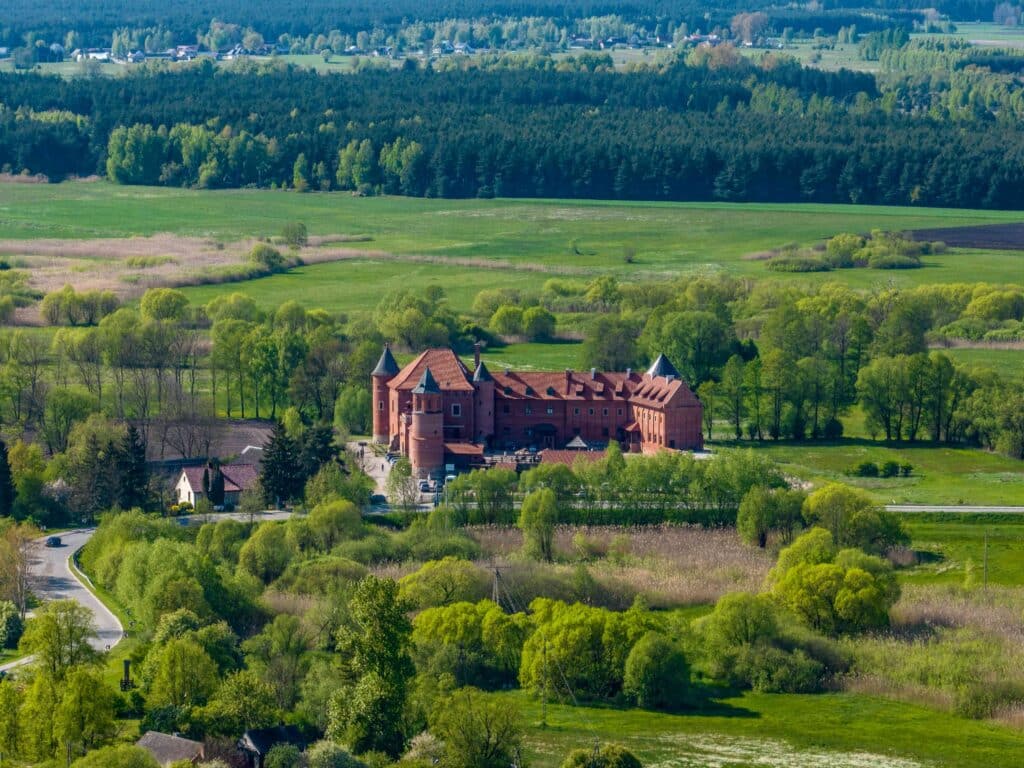
Tykocin
Tykocin is one of the most visited towns in Podlaskie province. Located 30 kilometers west of Białystok, this small town charmingly blends into the meandering Narew River. In spring we have the opportunity to admire the beautiful spectacle of the floodplain here, accompanied by a whole bunch of singing birds. However, Tykocin is above all a piece of Polish history.
This town is more than six centuries old, and its lands have been ruled by powerful families, such as the Czarneckis and the Branickis. It was also here in the Tykocin castle that King August II the Strong established the Order of the White Eagle, the oldest state decoration. Moreover, to this day we can also easily notice the interesting division of the town into two parts, Catholic and Jewish. Tykocin charms with its small wooden cottages, cobbled streets and Podlasie hospitality.
This city is enchanting from the first sight. What unique things can you see here? The only castle in Podlasie, one of the oldest secular monuments in Poland, or an intriguing exhibition in a synagogue.
It is best to start exploring the town from its central point, the trapezoidal market square. Here it is most convenient to leave your car in the parking lot and set off on foot to explore Tykocin. This huge square is surrounded by cobblestone streets and beautiful flower beds. The market square itself is decorated with small one-story cottages with porches and colorful gardens. In addition, in the very center of the square stands a two-meter monument to Stefan Czarniecki, who holds a golden mace in his hand. The monument itself is almost 260 years old, and was erected on the 100th anniversary of Czarniecki receiving the Tykocin starosty. It was built by his great-grandson Jan Klemens Branicki. It is also the second oldest monument in Poland that commemorates a lay person. The market square in Tykocin is very often referred to as Czarniecki Square.
Top attractions:
- Tykocin Castle Museum
- Tykocin Synagogue
- Czarniecki Square (Plac Czarnieckiego)
- The Pentowo mansion
- Narwianian National Park

Wigry National Park (Suwałki)
Wigry National Park is located in the northeastern part of Poland, in the Podlaskie Voivodeship. Its northern part lies within the Eastern Suwalki Lakeland, while the southern part lies within the Augustowe Plain.
The park was established in January 1989 as the fifteenth national park in Poland. Its unique natural value is mainly due to the local lakes, which are the remnants of glaciation.
It is one of the largest national parks in Poland and one of the most interesting attractions in Podlasie. The forests, lakes and blissful silence have made the magic of this place a nationwide phenomenon! Lovers of sailing, cycling and people who like to be in touch with nature come here with pleasure.
Although you’ll find 42 lakes in the park, most tourists are obviously attracted to Lake Wigry, which occupies the central part of the park. It is the largest and deepest lake here, with a rugged shoreline and numerous islands and bays. Up to 22 species of orchids can be found in the park – half of the national diversity there. The park is also famous for its beavers. They have been so well cared for here that they have begun to migrate, creating a population of nearly 5,000 in the Suwalki region. With tourists in mind, about 190 kilometers of hiking trails have been created in the Wigry National Park, where you can hike or cycle.
We recommend a walk along one of the educational trails – “Forest,” “Dryads,” “Amphibians,” “Lakes” or “Wilderness.” There are numerous viewpoints, information boards and footbridges. You will also find beaches and swimming areas. On Lake Wigry, in the period when there is no ice on the surface of the body of water, there is a walking ship on a designated route, which can accommodate 34 passengers. The main river of the park is the Czarna Hańcza, which flows through Wigry Lake and is considered by tourists to be one of the most interesting rivers for kayaking. A 41-kilometer-long green trail, mysteriously named “Around Wigry Lake,” has been created around the lake. This is a great option for cyclists and long-distance runners.
The Post-Camaldolese Monastery at Wigry is well worth a visit. It is beautifully located, right on the shore of the lake, on a rather narrow promontory flanked by the waters of Wigry.
The Post-Camaldolese Monastery in Wigry (Polish: Pokamedulski Klasztor w Wigrach) is located on Lake Wigry, in the Suwałki region. The monastery complex consists of the Church of the Immaculate Conception of the Blessed Virgin Mary, former monks’ hermitages, the clock tower, beautiful gardens, a tavern, a small marina, a gallery and a restaurant. Visitors can learn about the extraordinary history of the monastery and the legends associated with it, climb the clock tower, which offers a fantastic view of the surrounding area, or go down to the crypts under the church. In the basement you can see an unusual original mural depicting the Dance of Death. It is also worth visiting the papal apartments, where Pope John Paul II stayed during his pilgrimage to the Suwałki region in 1999, and the hermitages, small houses where monks used to live and where you can even spend the night.
